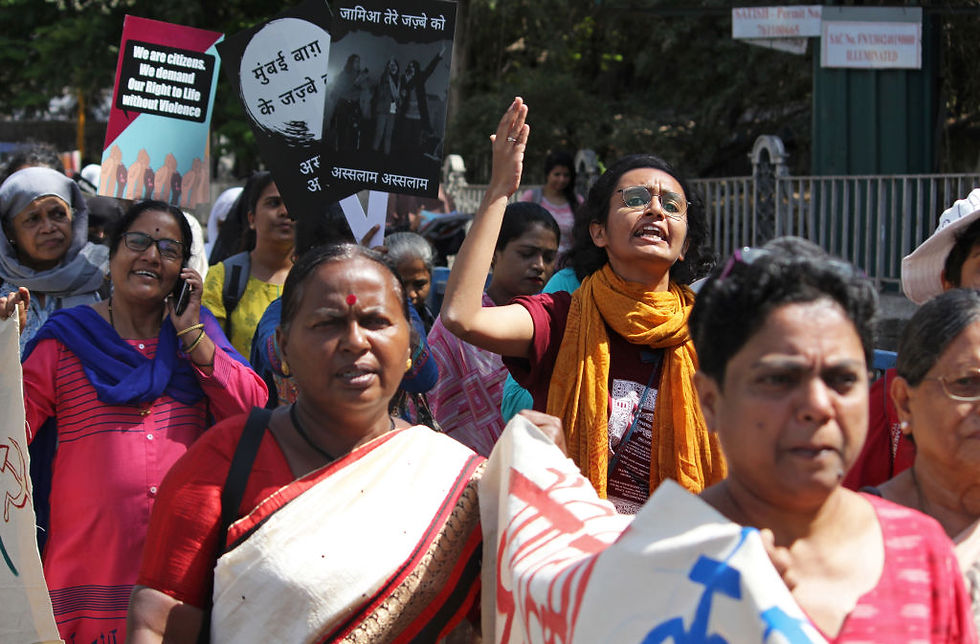Right to Education
- Shivatmika Prasad

- Aug 9, 2024
- 3 min read
On the day of reinforcement of the Constitution, 26th January 1950, a directive principle
mentioned in Article 45 assured provision of free and compulsory education to every child
from the age of 6 to 14 years which was to be executed within a decade. However, this
principle was actually implemented almost 6 decades later, on 27 th August 2009, in the form
of an act, known as the Right of Children to Free and Compulsory Education Act. ‘Free
education’ implies that no child, other than one who is admitted by his/her parents into a
school not supported by the government, can avoid paying any kind of fee which may prevent
him/her from completing elementary education.The Right to Education Act helped more than
3.4 million underprivileged children to pursue elementary education, despite the shortage of
teachers and infrastructural problems in government schools. It succeeded in making
education inclusive and accessible nationwide and resulted in increase in the literacy rate of
India. However, despite the government’s efforts, more than 1.7 million children were still
left uneducated and incapable in the country. After the occurrence of the deadly COVID-19 pandemic, educational institutions relied on
technology for continuing classes. However, most students belonging to economically weaker
sections of society, lacked access to the internet and electronic gadgets. In a country like
India, where about one third the population faces poverty and starvation, electronics are
considered a luxury. In fact, only about 20% of the families in India have access to the
internet and hardly 11% own a computer. Only 18.3% of children in rural areas could afford
video recordings, and only about 8% had the privilege to attend online classes. More than 247
million children faced challenges due to the closure of millions of schools nationwide. This
led to a break in the learning algorithm of students and forced a major setback in the
educational sector of India.Even after the re-opening of educational institutions all over the
country after closing down of the pandemic, no revival of an educational environment was
seen. In many underdeveloped regions of the country, students used to attend school for the
sole purpose of receiving a midday meal, by the Mid Day Meal scheme, which was now out
of the picture. For students coming from underprivileged backgrounds where scarcity of food
and other resources is the biggest worry, education is not considered a priority. Hence, there
was a lack of interest shown by students, especially the ones from economically weaker
sections, towards continuation of education after the pandemic. Due to the pandemic, most students, especially those who were economically disadvantaged,
faced several challenges in recalling basic concepts like reading, writing, framing sentences
and simple mathematics. Their attention spans were disrupted as they found it challenging to
stay focused for a prolonged period of time. According to a recent study, about 92% of
children lost language skills while 82% faced challenges in solving basic mathematics. This
led to an inevitable learning crisis in the nation which can prove to be a hazard for the future
of the country’s growth in the field of education. Education is a basic right for every child and plays a crucial role in their growth and
development. It's through education that children gain the knowledge, skills, and values
needed for their personal and social advancement. Despite being acknowledged as a
fundamental right, countless children around the world still lack access to education. This
blog post delves into the right to education for children, the constitutional provisions that
support it, and its significance in shaping our society's future.













Comments